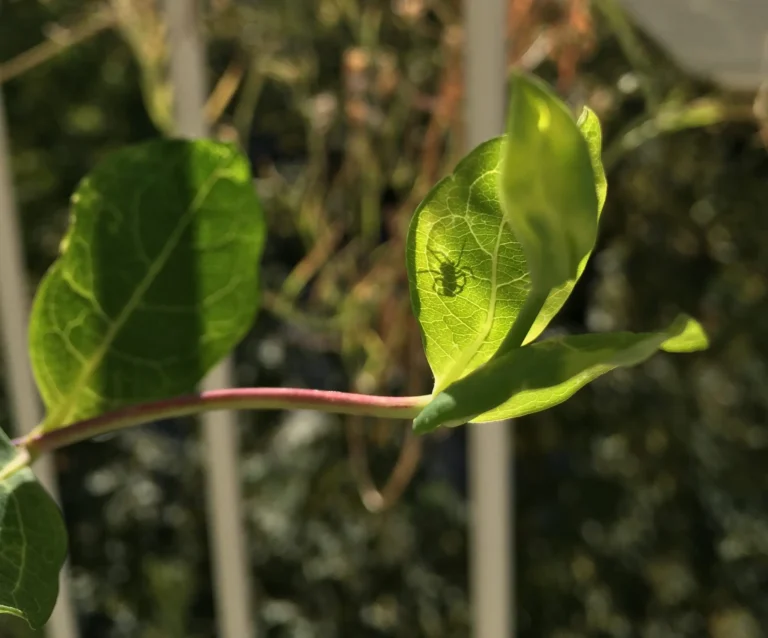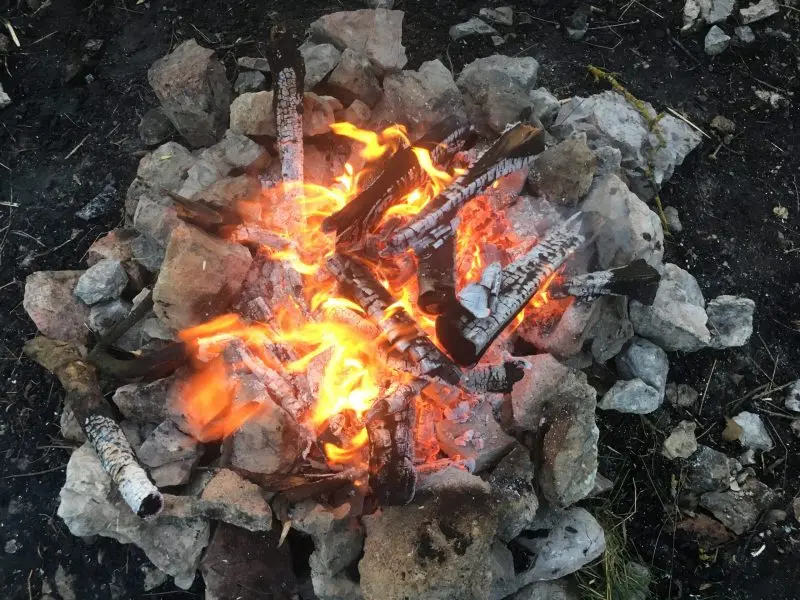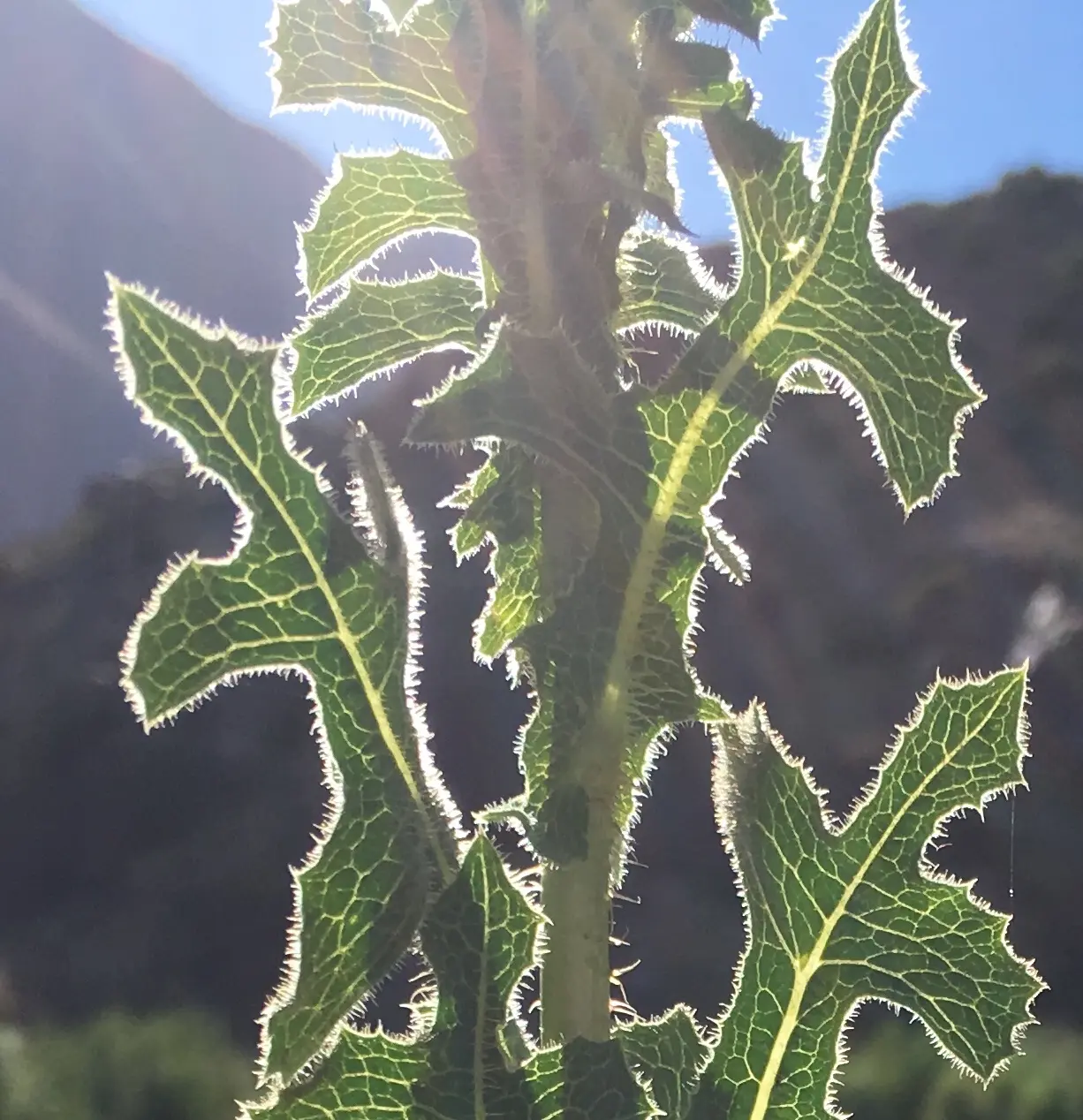Superficial and deep layers
The scar. Viewed from the outside, the manifestations range from small to large, from inconspicuously white to bulging red. Some present as numb, others as very sensitive and delicate. Still others are sensitive to the weather. Some scars can be touched, some don’t want to be touched at all. Just looking at them can cause discomfort. Some are simply repressed. Healed, closed and forgotten.
“A scar is inferior connective tissue”, says medicine. Thus, the scar tissue, which is generally supposed to heal the defect as quickly as possible, only regains 80% of its original elasticity. Viewed from the outside.
Under the skin, a different picture emerges. In healthy connective tissue, there are many fibers made of collagen, so-called fibrils, that communicate with each other, pass on information, move flexibly in all directions and dimensions, and transmit forces. “A shimmering, three-dimensional, chaotic network”, says Guimberteau, a surgeon who has filled a book with images of connective tissue in its most fantastic forms (book: Fascia – Architecture of Human Fascial Tissue). Wonderful and fascinating to look at. A work of art of the body that runs through everything, connects everything and gives us shape. In between are fluid-filled balloons – so-called microvacuoles – that absorb pressure and adapt elastically to different pressure and tension conditions. All together: extremely resistant and flexible at the same time.
If a defect, a trauma, an operation creates damage, a wound, it is healed by the body. In several phases, the body goes through different stages in which an inflammation is first triggered, which eliminates the foreign bodies, quickly glues the torn structures together, then strengthens them and finally restructures them, depending on what is needed and what forces are acting on the affected tissue at this time. It can then happen that the originally fine fibrils are replaced by thick, taut fibers that look like shattered ship masts. That immobilization of the flexible and dynamic network leads to rigid structures and immobility. That tensions and knots remain in the tissue where mobility within and between the tissue layers would actually be required. Viewed from the inside.
A scar can be perfectly healed in the external view and resemble a battlefield from the inside, with complete loss of the dynamic and flexible abilities that make up a healthy and living connective tissue. Generally speaking.
In the best case, the body creates the miracle and heals the wound optimally. This means that it restores both stability and flexibility at the same time, enables the tissue layers to slide against each other again despite trauma, adhesions and adhesions, and are so mobile that we can exploit the mobility and flexibility of our body almost as well as before – inside and out.
A scar is always part of our life story and often linked to a trauma. How it actually “looks” inside and out can only be experienced by touching and understanding. Realistically speaking.




